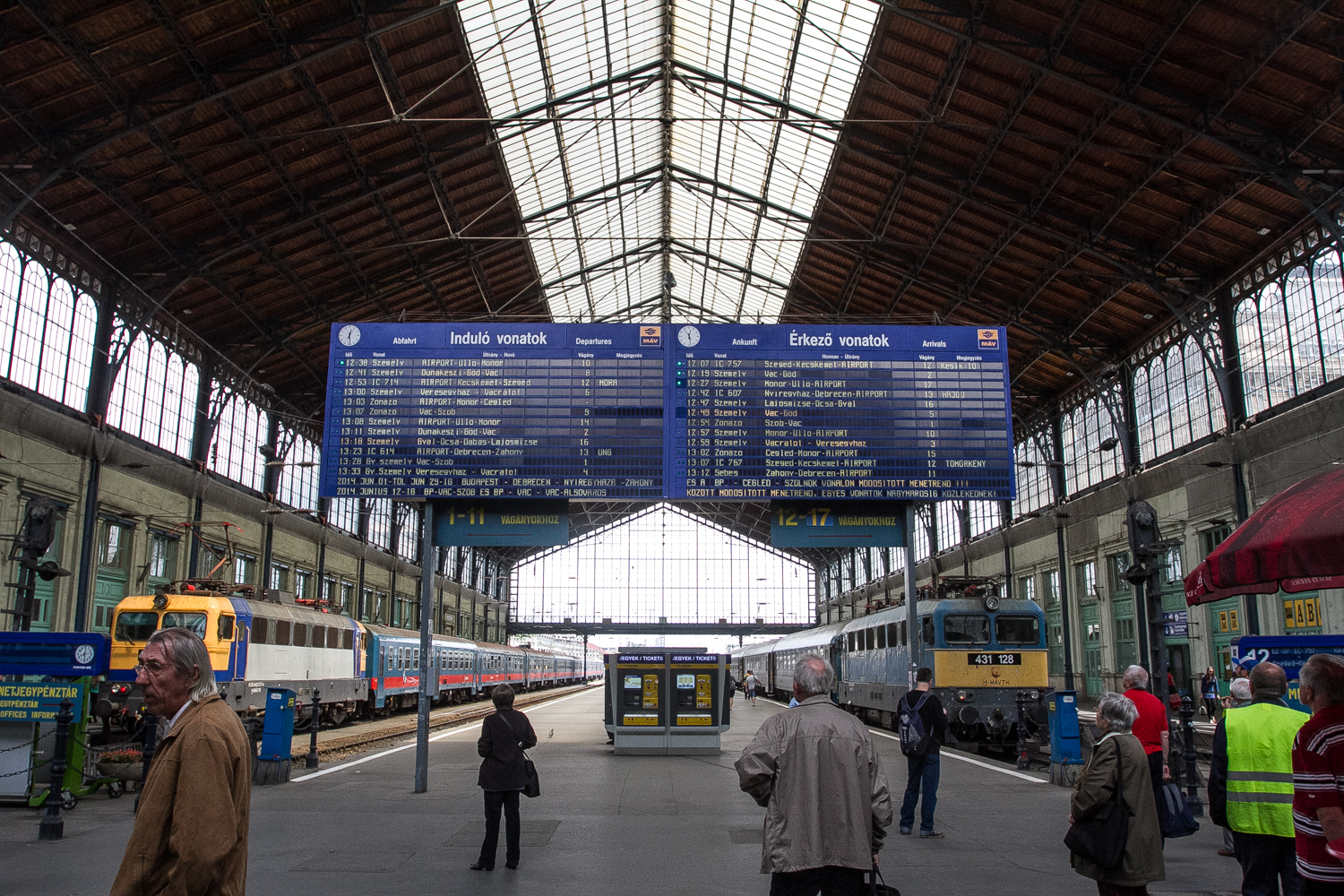Many complain about the intolerable amount of cars in Budapest. Every second driver stuck in traffic has come in from the suburbs, no surprise given the paucity of options by public transport. The suburban population is growing, Budapest and catchment area now numbering four million people, many of whom come into town several times a week.

A strategy has just been unveiled by Balázs Fürjes, Secretary of State for Budapest, Dávid Vitézy, CEO of the Budapest Development Centre, and the head of Hungarian Rail, Róbert Homolya. Collating the most important development plans and proposals of recent years, the Budapest Agglomeration Railway Strategy (BAVS) should double the number of people traveling by rail, from half a million a day to a million, with at least four trains an hour setting off for Budapest from all suburban stations.
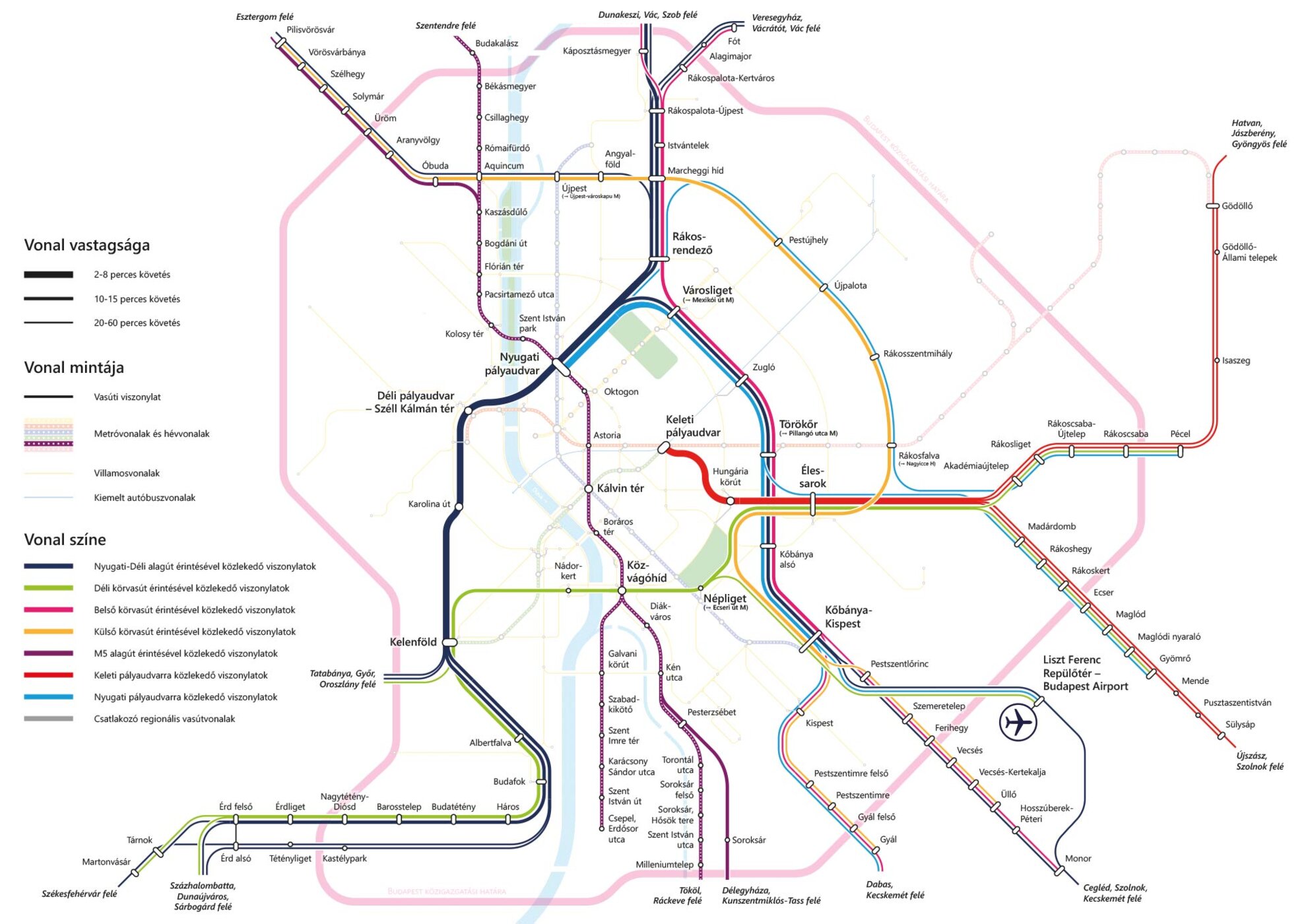
The aim is for these suburban lines to link with at least three metro lines, all of which can be used with a single ticket or travel pass. The time frame for this is 20 years, up to the year 2040.
Fürjes outlined the costs of the project, 2,000 billion forints, mainly financed by the EU. The first half is guaranteed for the period until 2030, of which the renovation and replacement of the southern railway network and the southern-northern HÉV will be the first step. Fürjes also made it clear that they did not want to impose measures such as a congestion charge.
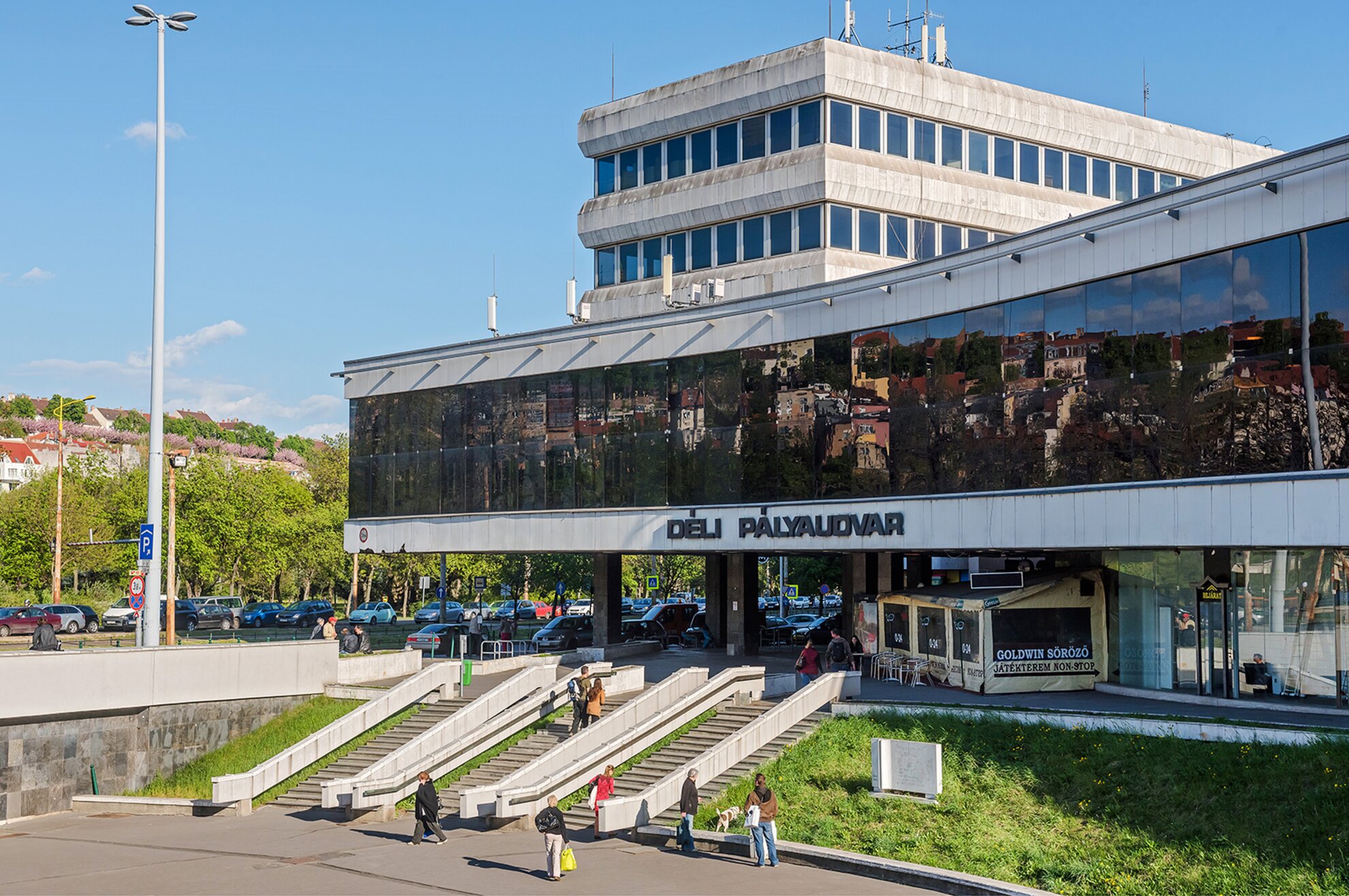
Vitézy spoke more
specifically about logistics, pointing out that the suburban population has doubled in the last 60 years, with a further 13.25% growth expected. As he put
it, “There is no more room for commuters in Budapest”.
Various solutions were
considered, including the expansion of Budapest’s main train stations,
inherited from the age of steam, but the solution seems to be a railway through
the city, for which a new tunnel below the Danube between Déli and Nyugati
stations is proposed.
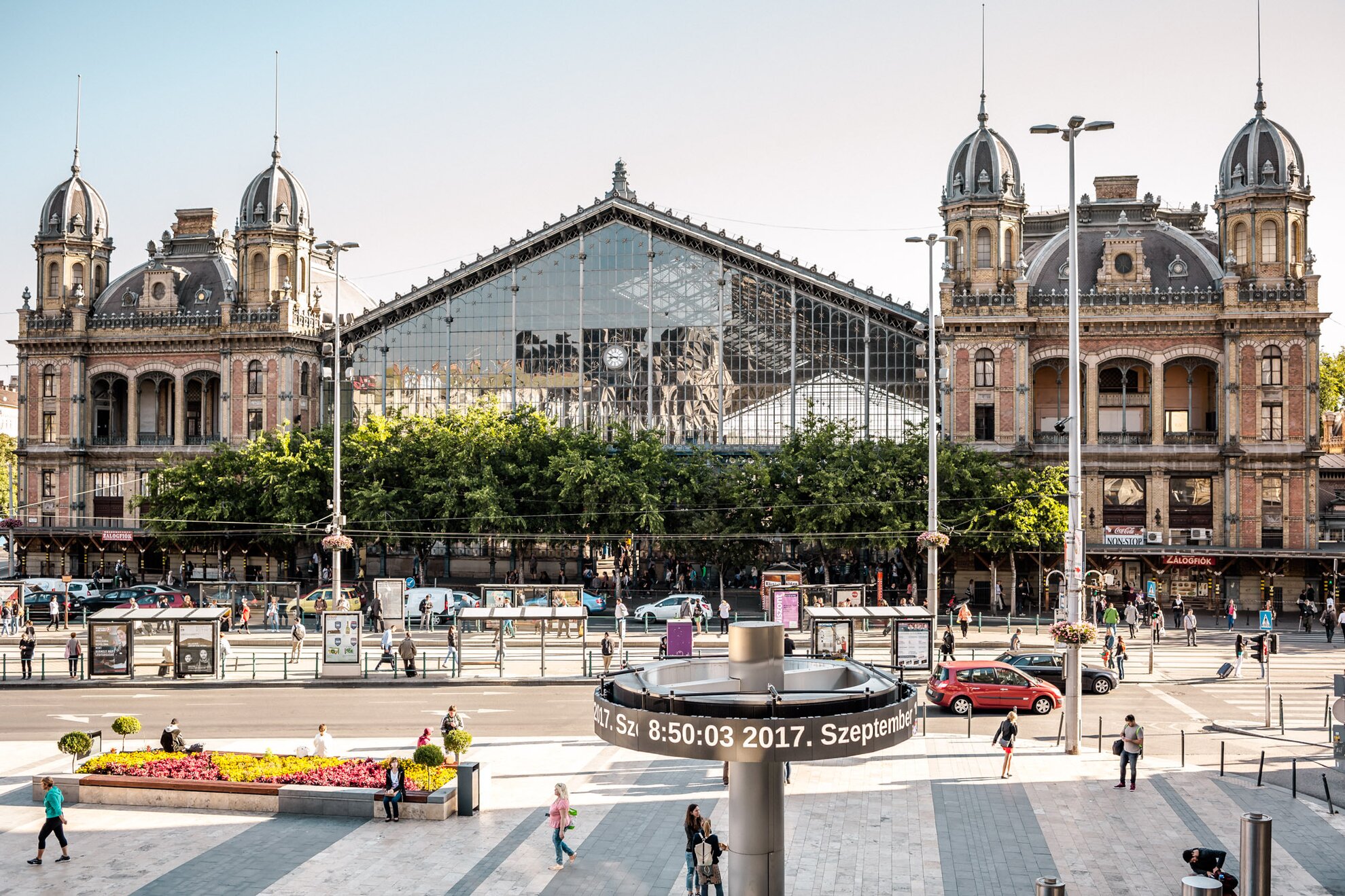
This will be
facilitated by the southern ring, two or three platforms of expanded Déli station
connecting to a railway bridge. Three new stops are being built, Nádorkert near
Infopark, Egyetemváros and a new development zone by Közvágóhíd, connected to
the HÉV suburban rail line, and Népliget stop linked with Ecseri út on the M3
metro.
An important element, the development of the HÉV suburban rail network, the
two southern lines, and the extension to Kálvin tér, has is already under way,
the tender announced by MÁV-HÉV.
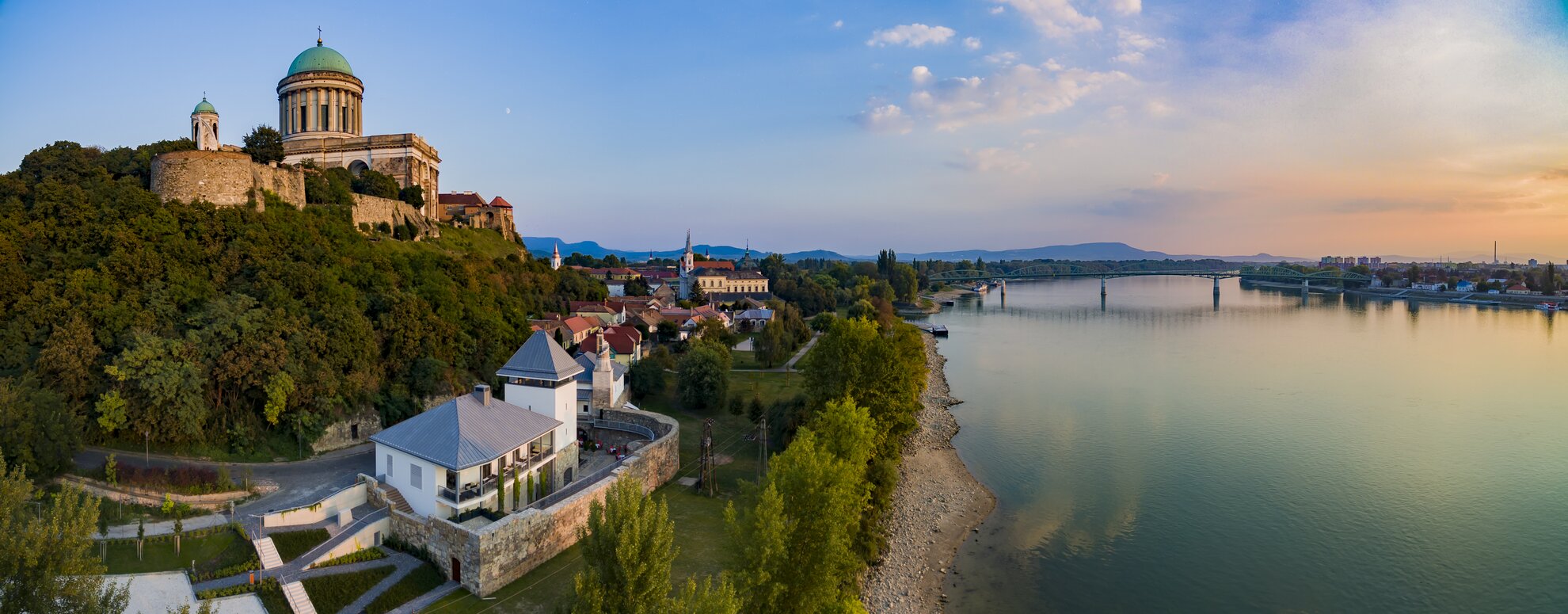
The lines to Esztergom, Pusztaszabolcs and Székesfehérvár have been renovated in recent years, and the one to Hatvan is currently being developed. The plan calls for another 20 to be developed by 2040, including Vác, Tatabánya, Lajosmizse, Cegléd, Szentendre, Ráckeve, Csepel, Csömör and Kunszentmiklós-Tass. All tolled, 16 new stations will be created, the areas around them freed up for housing development.
For the detailed plan in Hungarian, see here.
